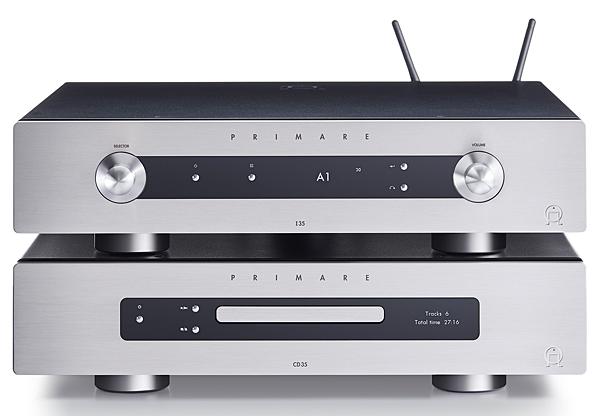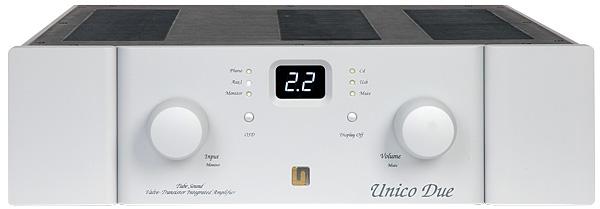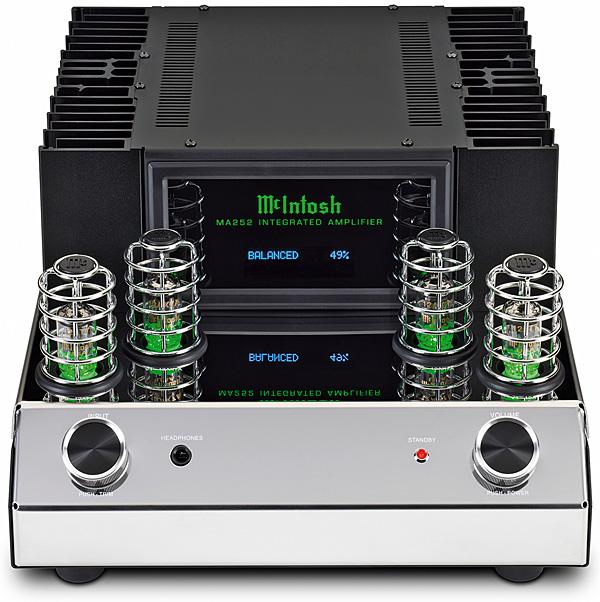|
Aug 05, 2019
|
Jul 11, 2019
|
May 23, 2019
|
Apr 18, 2019
|
Mar 08, 2019
|
Sep 01, 2018

 We're a long way from the old idea of hairshirt hi-fi here: the latest heavyweight integrated amp from Krell's Connecticut factory comes fully-loaded – and then some!
We're a long way from the old idea of hairshirt hi-fi here: the latest heavyweight integrated amp from Krell's Connecticut factory comes fully-loaded – and then some!

 The celebrated brand has given its miniature integrated amp a comprehensive update to mark its fifth anniversary. So is it still a winner in an increasingly crowded market?
The celebrated brand has given its miniature integrated amp a comprehensive update to mark its fifth anniversary. So is it still a winner in an increasingly crowded market?















